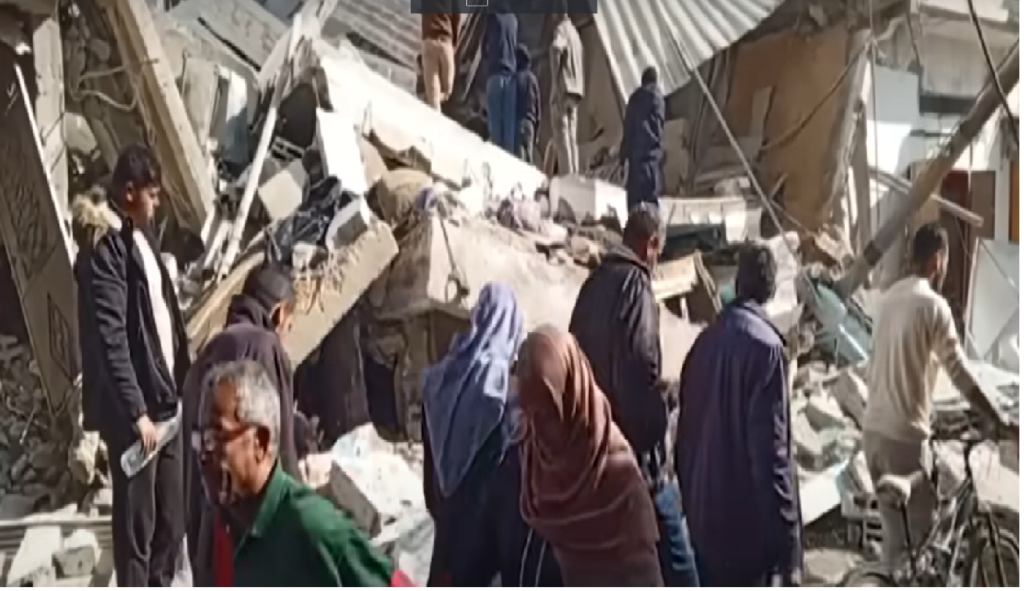War Crime : Unraveling the Complex Web of International Justice

Introduction
War crimes, historically rooted in the annals of armed conflicts, have evolved into a critical component of international law. This comprehensive article delves into the historical origins, legal intricacies, and multifaceted dimensions of war crimes, shedding light on their profound impact on the global pursuit of justice.
Historical Evolution
The genesis of war crimes can be traced back to the late 19th and early 20th centuries when the international community began formalizing laws governing armed conflict. The Hague Conventions of 1899 and 1907 marked a crucial turning point, focusing on limiting the means and methods of warfare. Subsequent treaties, including the 1949 Geneva Conventions and the Additional Protocols of 1977, expanded protections for individuals not actively engaged in hostilities. Despite the identification of specific violations as war crimes in these conventions, there exists no single, comprehensive document codifying all offenses.
Legal Framework
The Rome Statute of the International Criminal Court (ICC), adopted in 1998, stands as a landmark in the codification of war crimes. Article 8 of the Rome Statute provides a detailed definition, categorizing war crimes based on whether they occur in international or non-international armed conflicts. The gravity of the crimes is emphasized, as the ICC holds jurisdiction when war crimes are committed as part of a plan, policy, or a large-scale commission of such offenses.
Elements of War Crimes
Understanding war crimes requires a nuanced appreciation of two essential elements for prosecution: a contextual element and a mental element. The contextual element necessitates that the conduct occurs within the framework of an international or non-international armed conflict. The mental element requires intent and knowledge concerning both the individual act and its contextual setting. Unlike crimes such as genocide and crimes against humanity, war crimes can be perpetrated against a diverse range of victims, including combatants and non-combatants.
Categories of War Crimes
War crimes can be categorized into several substantive groups, providing a structured framework for analysis:
1. **War Crimes Against Persons Requiring Particular Protection:**
– Grave breaches of the 1949 Geneva Conventions relating to international armed conflict.
2. **War Crimes Against Humanitarian Assistance and Peacekeeping Operations:**
– Deliberate attacks on personnel, installations, and material involved in humanitarian or peacekeeping missions.
3. **War Crimes Against Property and Other Rights:**
– Pillaging, destruction, or seizure of property not imperatively demanded by the necessities of war.
4. **Prohibited Methods of Warfare:**
– Use of prohibited weapons, projectiles, or methods causing superfluous injury or unnecessary suffering.
5. **Prohibited Means of Warfare:**
– Utilization of means such as poison, gases, or bullets designed to cause excessive harm.
Examples of Prohibited Acts
Prohibited acts under the umbrella of war crimes encompass a broad spectrum, including but not limited to:
– Murder and torture.
– Intentional attacks on civilians or civilian objects.
– Pillaging and destruction of cultural heritage.
– Sexual violence, including rape and enforced prostitution.
– Use of child soldiers.
Conclusion
War crimes, as defined by international humanitarian law, stand as a testament to humanity’s collective commitment to justice in times of conflict. The legal framework established by the Rome Statute and various conventions reflects a global aspiration for accountability and the protection of fundamental human rights. As the international community grapples with evolving conflicts, comprehending and addressing war crimes remain imperative for fostering a more just and peaceful world. The pursuit of justice for victims and the prevention of future atrocities hinge upon continued international cooperation and the unwavering commitment to upholding the principles of humanitarian law.
| To Know More About otherit | Click here |
| To Go to home page click here | Click Here |
| Although we have tried to collect all information about his/her available at that time. We will always try to update it | |
FAQ
is killing journalists a war crime
According to the 1949 Geneva Convention on the Protection of Civilian Persons in Time of War and UN Security Council Resolution 2222:
Journalists and media workers in war zones should be treated like regular civilians and allowed to do their job without unnecessary interruptions. Deliberate attacks on journalists, who are considered civilians, are considered war crimes. All countries must make strong efforts to ensure that those who commit such crimes are held accountable. Countries involved in wars should tell their military and police to follow these rules.
is it a war crime to kill a medic
According to the rules from the 1949 Geneva Conventions and their 1977 Additional Protocols, “medical personnel” refers to people assigned only to medical tasks, whether it’s a long-term or temporary job. This includes helping wounded or sick people, preventing diseases, and managing medical units or transportation.
Attacking medical personnel on purpose during a war, whether it’s an international or non-international conflict, is considered a war crime. It can lead to punishment under international laws that focus on humanitarian actions and criminal activities.
